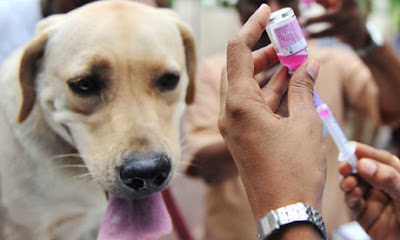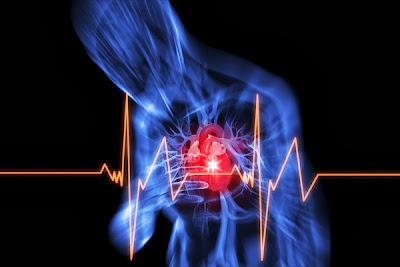
It is true that the eczema with bacterial infections, such as Staphylococcus aureus can be linked? Eczema can sometimes attract certain bacteria such as staphylococci. This bacterium can be found in people's skin with atopic dermatitis. However, there is research showing that less than 5% of people without dermatitis that bacteria on the skin. Affected by this skin condition are prone to infections, scratching by a constant itching on the skin. This skin to split and bacteria will enter the tear. If you suspect that they have an infection you should go to the doctor as soon as possible.
This disease is not contagious, while for others it is important that children with this disorder in people with cold sores. This can be extended to areas of eczema herpeticum of skin on your skin and they are very dangerous. They are also susceptible to warts and molluscum contagiosum, the many small white bumps that take to cure up to a year or more to serve children and adults with this inflammation of the skin. A study shows that suffering from atopic dermatitis produce insufficient amounts of two natural antibiotic proteins, which are required by the immune system to fight infections. With this information, it is easy to see why sick people develop this condition often infections.
There are certain characteristics that you need to look for to determine infection. If you develop pus filled blisters with a honey colored crust this tends to be a staph infection. Also, if red scaly patches occur with crusting and oozing pus, you may also have a staph infection. Other signs of an infection are swelling or inflammation, the affected area is very warm to the touch, you develop a fever, or cold sore like lesions show on areas of your skin. If at any time you feel that you have developed an infection, contact your primary care physician or dermatologist immediately as you will most likely need to take antibiotics.
Other treatments that your dermatologist may prescribe for those with complications are diluted bleach baths, phototherapy or light treatment, and acyclovir to treat viral infections. Since those who deal with eczema have to also understand that it is linked to staph and other infectious agents, it is important to understand all the ways to treat it.
This disease is not contagious, while for others it is important that children with this disorder in people with cold sores. This can be extended to areas of eczema herpeticum of skin on your skin and they are very dangerous. They are also susceptible to warts and molluscum contagiosum, the many small white bumps that take to cure up to a year or more to serve children and adults with this inflammation of the skin. A study shows that suffering from atopic dermatitis produce insufficient amounts of two natural antibiotic proteins, which are required by the immune system to fight infections. With this information, it is easy to see why sick people develop this condition often infections.
There are certain characteristics that you need to look for to determine infection. If you develop pus filled blisters with a honey colored crust this tends to be a staph infection. Also, if red scaly patches occur with crusting and oozing pus, you may also have a staph infection. Other signs of an infection are swelling or inflammation, the affected area is very warm to the touch, you develop a fever, or cold sore like lesions show on areas of your skin. If at any time you feel that you have developed an infection, contact your primary care physician or dermatologist immediately as you will most likely need to take antibiotics.
Other treatments that your dermatologist may prescribe for those with complications are diluted bleach baths, phototherapy or light treatment, and acyclovir to treat viral infections. Since those who deal with eczema have to also understand that it is linked to staph and other infectious agents, it is important to understand all the ways to treat it.





